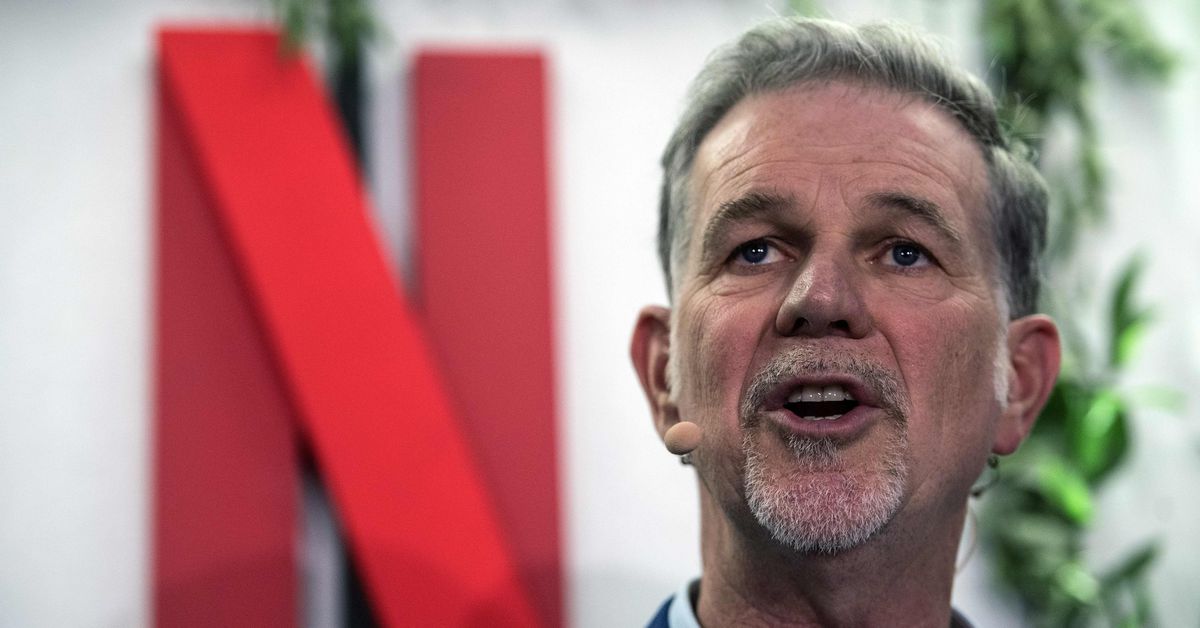Netflix wants linear TV to die. CEO Reed Hastings has been banging the TV murder drum for more than 8 years now, and in the investor call today, he reiterated his belief, confidently saying that Netflix was in a great place because linear TV would be dead in “5 to 10 years.”
Hastings is financially incentivized to say this. One of the biggest competitors for the largest streaming service on the planet is the set of totally free streaming channels that beam into any TV with an antenna, and their costlier friends on cable TV.
Netflix needs linear TV to die because it needs the streaming holdouts still using linear TV. It shed a whopping 1.3 million subscribers across the US and Canada in the last three months, according to its 2022 Q2 earnings report. With more than 220 million paying customers worldwide, it’s essentially found as many subscribers as it’s going to. It’s making efforts to gain subscribers: it’s got its incoming ad-supported tier (which won’t include all the content you get now), and it’s going to try and end the practice of account sharing—forcing sharers to subscribe or go without streaming to any screen bigger than a laptop. But when you’ve basically got as many subscribers as you can currently, you need your competitors (linear TV, YouTube, TikTok, the great outdoors, etc.) to do worse. So yes, of course, Hastings wants linear TV to kick the bucket.
But is it really going to happen? TV viewership numbers are down, that’s absolutely certain. After the increased amount of original content on cable TV came in the 2010s, the market fragmented, and the power of the broadcast TV stations waned. Grey’s Anatomy continues to be one of the most watched shows in the United States despite going from an average of 20 million viewers per episode to… four million.
But broadcast TV is still… you know… free. You don’t have to pay for internet and then pay a subscription fee (or 12) on top of it. You can just turn on your TV, and provided you’ve got a good enough antenna, get plenty of good content — the content that Netflix is desperate and struggling to recreate on its own service. The Office, Friends, Grey’s Anatomy, and CW’s whole lineup of teen dramas were consistently some of Netflix’s most consumed content before licensing agreements saw them bounce off to other services.
Broadcast TV is also about to get a major upgrade in the form of ATSC 3.0. While its rollout has been glacial, the new standard for broadcast television promises all kinds of quality improvements that streaming charges a premium for—if it can provide at all. ATSC 3.0 supports 4K, and 120 frames per second, wide color gamut, and HDR. Netflix currently charges $19.99 a month for that, and HBO Max has been so slow to roll out 4K I sometimes question if it even knows what 4K is.
And broadcast TV is only one (free) element of linear TV. There are also all the cable channels that we still subscribe to even though streaming was supposed to save us from outrageous fees and supporting content we have no interest in consuming. While viewership is down, cable remains the least obnoxious way to watch sports, and it’s the fastest and most high-quality service for watching TV that is otherwise limited to a single app that may or may not be any good, and definitely costs you more than you want to pay.
Plus, there’s the fact that almost none of the big streamers have managed to match one of linear TV’s most soothing features: the whole linear airing of content thing. A never-ending stream you can tune in and out of at leisure, and that can work as gentle background noise in your day-to-day life. I long for something as simple as the ability to make playlists on Netflix and instead get an app that forgets I started Persuasion the night before.
Linear TV is struggling compared to Netflix. But how is linear TV supposed to die when streaming continues to have so many issues and struggles to compete on the hyper popular content front? It feels more like streaming is chasing after linear TV and whispering “die already.” But whether it dies in the 5- to 10-year window that Reed Hastings desires remains to be seen.
Disclosure: The Verge recently produced a series with Netflix.
Credit: Source link



